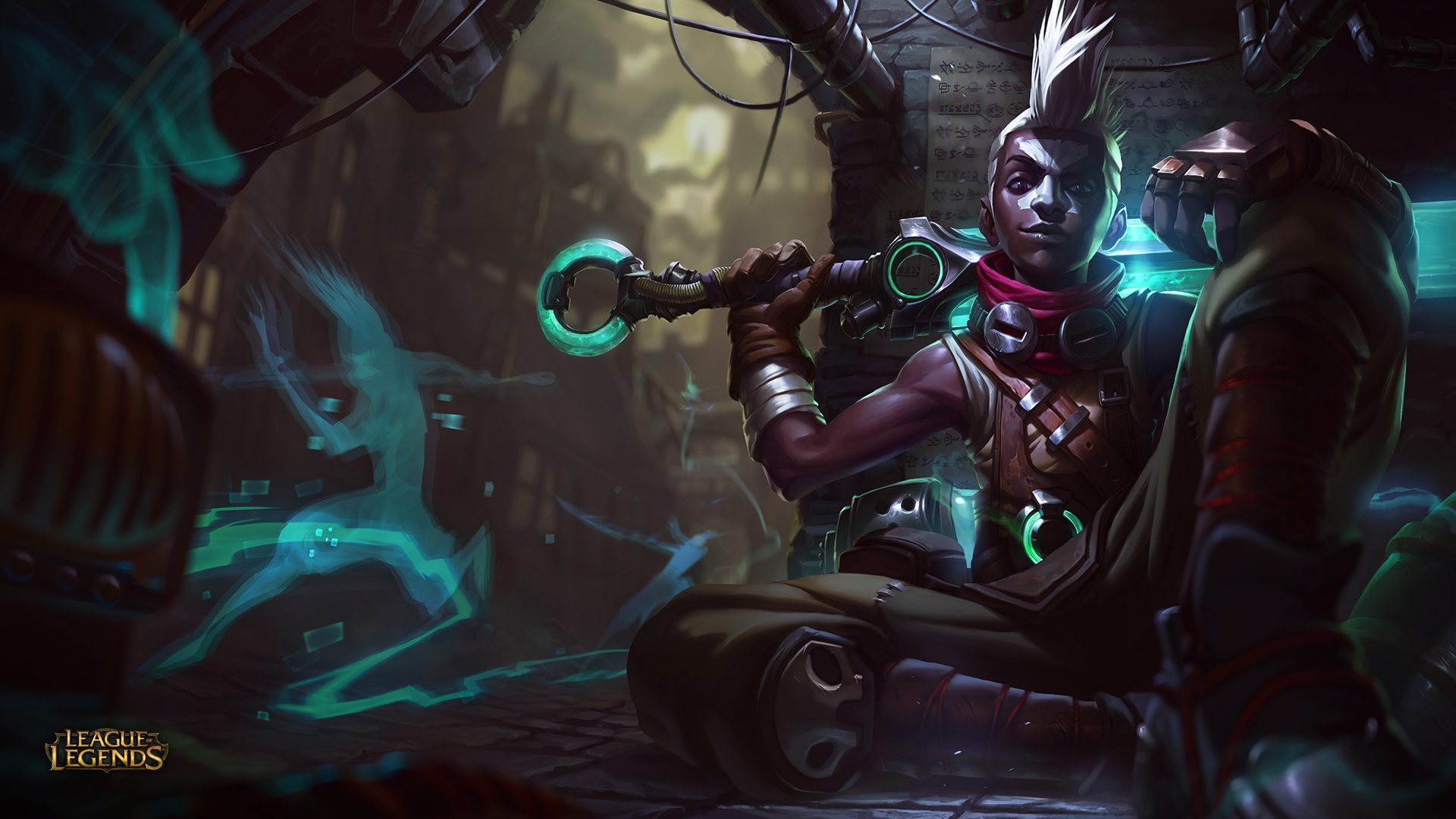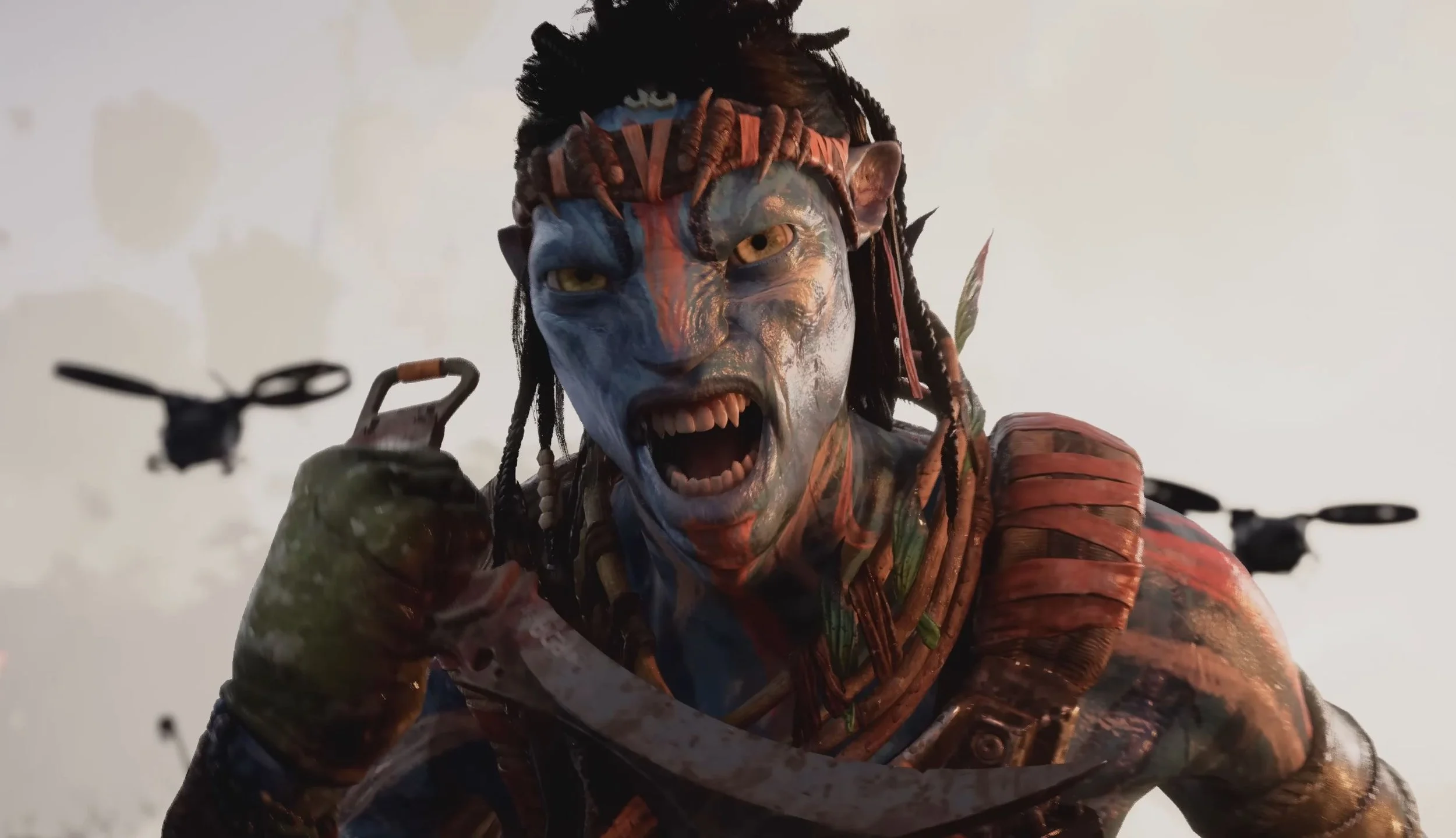There seems to be a fine line between a normal video game and an eSport.
If we look at the top three eSports at this point in time, everyone will agree that it’s Counter Strike: Global Offensive (CS:GO), League of Legends (LoL), and Dota 2. Yet just five years ago, Starcraft 2 and LoL were the leading games in the eSports industry. But what is it that causes this rise and fall of eSports?
The rise of eSports isn’t about money or even game development. It’s about the community of the games. Every game will have its own unique community. This community is the moving force of the game. It’s what keeps it moving, growing, and most importantly, exciting. A prime example of the effect a community has is in the Starcraft community.
Starcraft:Broodwar was the biggest eSport at its time. It revolutionized the idea of competitive gaming. In Korea, there were multiple television channels that would stream professional Starcraft games. This wave of competitive gaming was sweeping across the globe, and by the time Blizzard was ready to release Starcraft 2 in 2010, it already had its community built and hyped. There were beta tournaments where new names were already discovered. People like Sean “Day[9]” Plott, and Greg “IdrA” Fields appeared in the North American scene. I know that for me, both of these people were one of my main inspirations to play and watch the game when it first came out. Starcraft continued growing with these personalities leading the growth.
Starcraft eventually was the first game to break 100,000 concurrent viewers on Twitch.tv. But in 2013, Sean Plott decided to focus on another job, and Greg Fields was released from his team and eventually quit the eSports scene. The absence of these two personalities hurt the community. There was a steady decline to where we are at today. The average viewership of tournaments in 2015 was around 30,000. Which is about 80% of what it was in 2012. It wasn’t only tournament viewership that was hurt with these absences. The part of the community that took the biggest hit when the big personalities left was the streaming community. North American streamers like Greg “IdrA” Fields and Chris “HuK” Loranger would be getting over 10,000 viewers almost every time they were streaming on twitch. But even though HuK still streams, he averages just under 1000 viewers now. Starcraft 2 isn’t a dead game, but it doesn’t have personalities for people to rally behind. The community lost its cohesiveness and a lot of its excitement with it.
Just like the hours and hours of commentary that people have had, and continue to have over Basketball and Football, eSports needs excitement and drama between players to keep conversations going, and to keep the game alive.



















